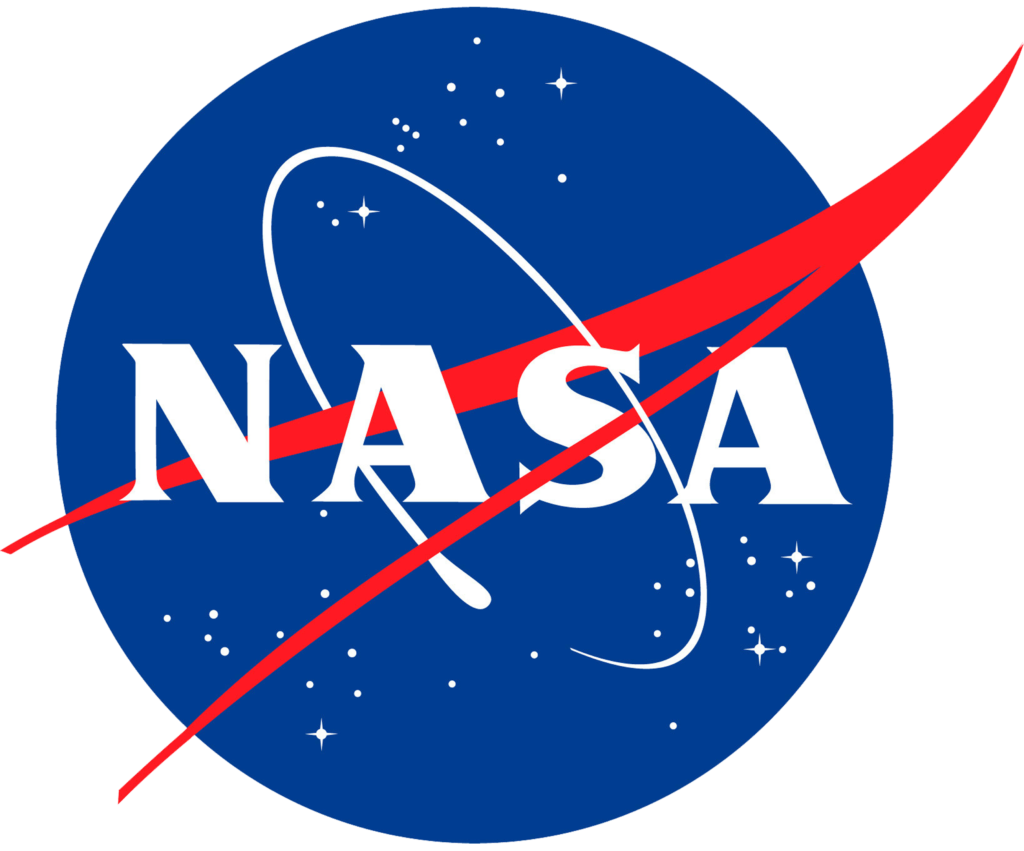In 1987, in the city of Lviv, Ukraine, a team of engineers began researching and developing the concept of a heavy-lift airship. Aeros emerged as the first private aerospace and engineering company permitted under Gorbachev's Perestroika reforms. It designed and produced aerostat systems for advertising and industrial applications.
In 1995, Aeros designed and manufactured its first airship – the Aeros 50 – in California, and began the sales of airship models Aeros 50 and Aeros 40A for advertising and broadcasting applications.
The 18M Aerostat System was introduced to the market.
Aeros designed and produced the Aeros 40B “Sky Dragon”, the first airship that incorporates the fly-by-wire and automated pressure management systems.
With ongoing research and development, Aeros defined the principles for a novel type of variable buoyancy air vehicle: the Aeroscraft.
In 2000, Aeros achieved U.S. FAA Type Certification for the Aeros 40B Sky Dragon airship model and began worldwide deliveries.
Aeros achieves Europian Validation Type Certification for the Aeros 40B Sky Dragon airship. The airship is delivered to Germany to provide services in the sky of Zeppelins.
As the situation escalated in Iraq and Afghanistan, the U.S. armed forces required advanced surveillance solutions. In response, Aeros delivered the Aeros 1170 tethered Aerostat.
The U.S. Department of Defense awarded a contract to Aeros for the design and development of the High Altitude Airship.
The Aeroscraft’s design overcomes limitations of conventional and hybrid airships technologies and provides true utility for cargo movers.
Aeros is awarded a prime contract for the development of the strategic airlift technology under the DARPA Walrus program.
The Defense Advanced Research Projects Agency (DARPA), selected Aeros to develop a buoyancy management system that allows airships to operate without ballast.
Aeros conducted Preliminary Design Review (PDR) for aeroscraft.
For the first time in history of aviation, Aeros successfully demonstrated the ability to control buoyancy in flight by developing and flight testing the Control of Static Heaviness (COSH) system.
Aeros designed, produced, and achieved FAA Type Certification for the Aeros 40D "Sky Dragon" airship model. The Aeros 40D then became a system of choice worldwide for both commercial and government applications.
Aeros delivered "Sky Dragon" airships to Europe, the Caribbean, China, Southeast Asia, and Latin America.
The Defense Advanced Research Projects Agency (DARPA), selected Aeros for the development of airframe technology for Buoyancy Assistant Air Vehicle.


NASA and the Department of Defense awarded Aeros a sole-source contract for the construction of the Aeroscraft and its flight demonstrations.
Continues the Aeroscraft technology advancement under US Government programs and begins construction of the Aeroscraft "Dragon Dream" Advanced Technology Demonstrator (ATD)
Inspection of COSH Helium Pressurization Envelopes.
US Government Program Pelican the Aeroscraft Prototype "Dragon Dream" flight demonstrator systems and subsystems integration
Aeros developed and introduced a new ISR (Intelligence, Surveillance, Reconnaissance) tethered aerostat system to the market for border surveillance.
Flight Management Software Readiness Test.
Aeros developed and delivered launch-and-forget aerostat systems to the U.S. Army.
Aeroscraft prototype "Dragon Dream" completed its maiden flight.
The test confirmed that the technology is ready to move forward with the advancement of the commercial operational Aeroscraft.
Self-Drive Automotive Mooring System for Airships.
Progression of the 66-ton payload ML866 zero-emission electrical variable buoyancy airship design.
Aeros developed and introduced to the market the NextGen aerostat system, featuring the breakthrough Robotic Grab & Moor (GM) Launch & Recovery Technology.
Aeros completed the Critical Design Review (CDR) for the Aeroscraft ML866, a 66-ton payload Electrical Variable Buoyancy Airship (EVBA).
Subscribe To Our Newsletter To Get All The Latest Updates
